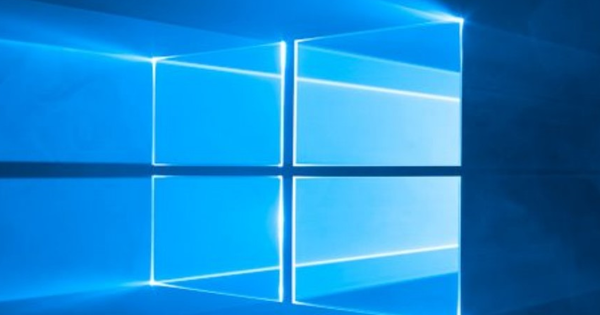The free cloud service OneDrive is deeply rooted in Windows 10. The service is used to, for example, synchronize your Windows settings with multiple devices, but is especially popular for file storage. Optimize your storage space in OneDrive in three steps.
Step 1: Storage Capacity
OneDrive can be found as a location of the same name in Windows Explorer of Windows 10. Everything you save in the 'OneDrive folder' automatically ends up in the cloud and can also be reached via www.onedrive.com. You can also access your files on other computers and devices (via the OneDrive app). The storage space is not unlimited. The size of your OneDrive and your used space is easy to request. Right-click your OneDrive icon (clouds) in your system tray and choose Settings / Account. You can see how much space OneDrive is currently using on the internet and what your total storage capacity is.
Step 2: Expand
The total capacity of your OneDrive is usually an accumulation of individual packages. Surf to www.onedrive.com and sign up. Click the gear icon and choose Options / Storage to manage. In our account we see that we use 10 GB for free and have 1024 GB extra space because of an Office 365 subscription. This is supplemented by a bonus of 15 GB because we have (once) used OneDrive on a smartphone to back up photos and so even more modules can be active. Need more space? You can "earn" extra GBs by recommending OneDrive to others. If you don't feel like peddling this, click Upgrade for various paid extensions.

Step 3: Save space
Right click on OneDrive in Windows Explorer and choose Characteristics. If you lose a lot of storage space on OneDrive, you can choose not to sync certain folders with your computer. The data will remain available in the cloud and can be consulted via www.onedrive.com, but will no longer take up storage space on your computer. Right-click the OneDrive icon in your system tray and choose Settings / Account / Choose folders. Uncheck the folders you no longer want to sync. Wait for OneDrive to update and check through Windows Explorer how much disk space this trick has given you.


